Retro Replay Review
Gameplay
Cyberworm’s core gameplay loop is straightforward yet unexpectedly tense. You step into the shoes of a cyborg operative whose mission is to infiltrate a high-security corporation, locate classified documents, and make a clean escape. Each level is laid out as a network of interconnected rooms and corridors, forming a maze that demands careful exploration. Your survival depends on finding key items—security passes, data drives, or map fragments—to unlock new areas and advance toward the exit. The simplicity of locating “Exits” written in plain text on the screen belies the strategic consideration required to pick the right path under pressure.
(HEY YOU!! We hope you enjoy! We try not to run ads. So basically, this is a very expensive hobby running this site. Please consider joining us for updates, forums, and more. Network w/ us to make some cash or friends while retro gaming, and you can win some free retro games for posting. Okay, carry on 👍)
Movement and interaction are handled via a set of on-screen buttons in the bottom-left corner, ensuring that even newcomers to adventure games can quickly master the controls. There’s no combat system per se; instead, you must decide whether to risk passing a patrolling guard or backtrack in search of a safer route. A single misstep often means instant failure, creating a tension that keeps you on edge throughout each level. The absence of complex mechanics allows you to focus entirely on spatial reasoning and resource management.
Despite its minimalist presentation, Cyberworm offers a subtle progression curve. Early levels introduce basic guard patterns and simple mazes, but as you dive deeper into the facility, layouts grow more convoluted and enemy patrols become less predictable. The game also scatters consumable items—such as temporary cloaking devices or brief speed boosts—that can turn the tide during a tight escape, encouraging you to plan ahead and conserve resources for critical moments.
Replay value hinges on your desire to shave seconds off your completion time or to challenge yourself by tackling harder routes with fewer resources. While the objectives remain consistent—find documents and exit—the varying patrol patterns and optional side corridors keep later runs feeling fresh. For players who enjoy puzzle-like navigation and a steady drip of risk versus reward, Cyberworm’s gameplay loop is surprisingly addictive.
Graphics
Visually, Cyberworm is a study in restraint. Rather than relying on detailed sprites or 3D models, each room’s exits are simply denoted by text overlays, and your character is represented by a small portrait in the top-right corner. This stripped-down approach channels the spirit of early text adventures, encouraging you to visualize the environment in your mind’s eye. It’s a bold design choice that stands in stark contrast to the hyper-realistic sheen of many modern titles.
The bottom-left interface buttons are rendered with clean, sharp icons that clearly convey each action—move, examine, use item—without cluttering the screen. While you won’t find animated guard patrols or dynamic lighting effects, the minimalism effectively highlights the game’s puzzle-driven focus. There’s an almost meditative quality to scanning each room’s text-based exits, plotting your next move, and feeling a quiet thrill when you discover a hidden path.
That said, players accustomed to detailed environments or cinematic cutscenes may find Cyberworm’s presentation underwhelming. If you crave visual spectacle—lush backdrops, character animations, or elaborate UI flourishes—this title won’t satisfy that itch. However, for those who appreciate functional, no-frills design that reinforces gameplay over gloss, Cyberworm’s aesthetic is refreshingly clear and purposeful.
Story
At its heart, Cyberworm tells a concise tale of corporate espionage and cybernetic ambition. You are a prototype cyborg deployed on a covert retrieval mission, tasked with securing sensitive documents before rival factions can claim them. The narrative unfolds almost entirely through brief mission briefs and the occasional in-game log entry, leaving ample room for interpretation. This sparse delivery method aligns with the game’s minimalist ethos, relying on players to piece together context from the environments they traverse.
While there are no voiced dialogues or branching narrative paths, the tension of infiltration—paired with the looming threat of lethal guards—imbues each chapter with a palpable sense of urgency. Subtle textual hints suggest that the corporation you’re infiltrating has darker motives than initially disclosed, offering the seeds of a deeper conspiracy. Though these narrative breadcrumbs don’t expand into a full-blown plot twist, they inject just enough intrigue to keep you invested in each level’s outcome.
For lore enthusiasts, Cyberworm’s world-building may feel skeletal, but the game compensates by leaving narrative gaps as an invitation rather than a shortcoming. Players willing to imagine backstories for their cyborg protagonist, the corporation’s hidden agendas, and the implications of advanced cybernetic research will find the premise sufficiently engaging. Ultimately, the story serves its purpose: framing each maze-like challenge as part of a larger covert operation.
Overall Experience
Cyberworm offers a lean, focused adventure that forgoes bells and whistles in favor of tight, puzzle-oriented design. Its minimalist graphics and straightforward interface keep distractions at bay, so all attention remains on charting your path through complex mazes and avoiding lethal patrols. If you appreciate games that test your nerve and your map-reading skills without relying on flashy visuals or deep skill trees, this title delivers a consistently challenging experience.
However, the very simplicity that defines Cyberworm may frustrate players seeking rich audiovisual environments or branching narratives. The repetitive nature of text-based exits and the absence of dynamic world elements can feel austere after extended sessions. Combat-free infiltration and one-hit failures amplify the tension for some, but may not satisfy those who prefer more forgiving or varied gameplay loops.
Despite its limitations, Cyberworm succeeds as a niche offering for fans of retro-inspired, puzzle-driven adventures. Its short levels are ideal for bite-sized play sessions, and the scarcity of in-game handholding enhances the satisfaction of each successful escape. At a modest price point, the game represents good value for anyone intrigued by intellectual challenges over graphic fidelity.
In conclusion, Cyberworm is best suited to players who relish minimalism, high-stakes navigation, and the classic appeal of text-driven exploration. It won’t replace blockbuster adventures in your library, but as a compact diversion, it stands out for its streamlined focus and the quiet thrill of outsmarting deadly guards in a text-marked labyrinth.
 Retro Replay Retro Replay gaming reviews, news, emulation, geek stuff and more!
Retro Replay Retro Replay gaming reviews, news, emulation, geek stuff and more!
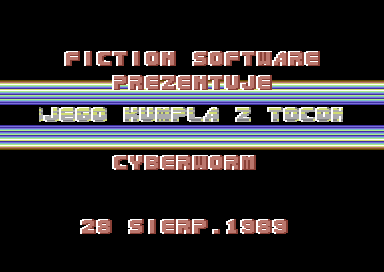
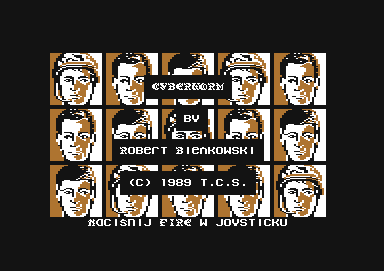
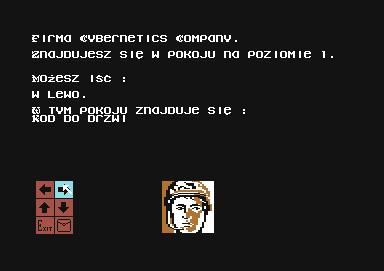
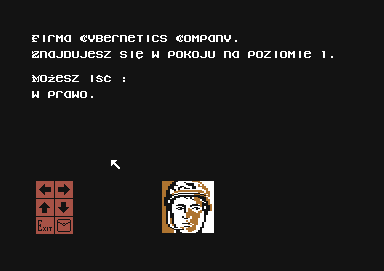
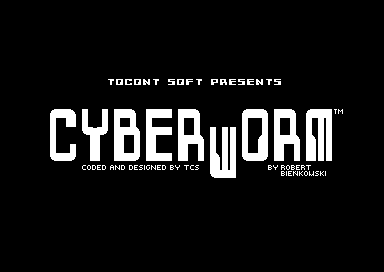



Reviews
There are no reviews yet.